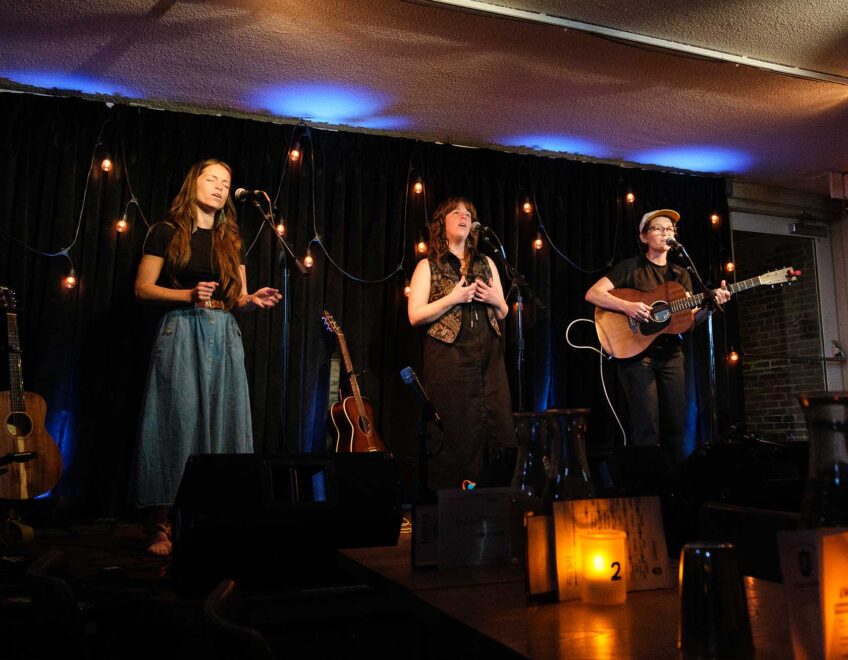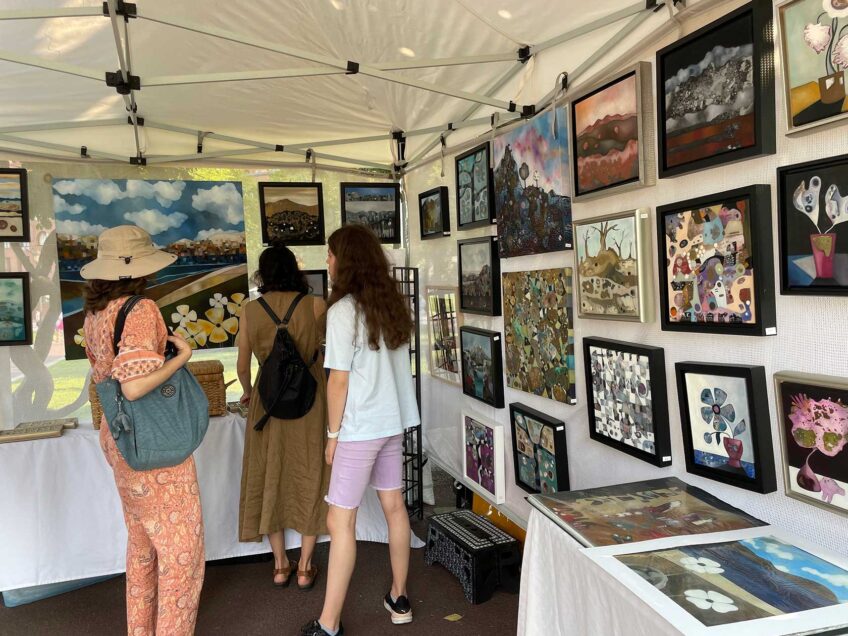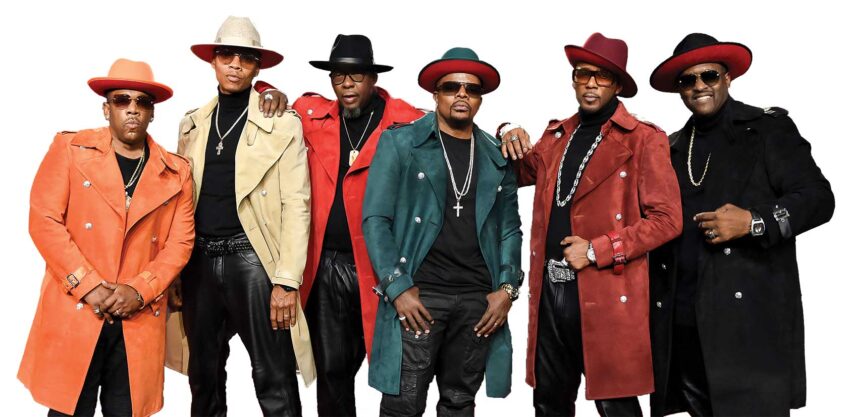
On Friday, June 19, cultural organizations around Boston came together to celebrate Juneteenth with song, dance, spoken word, panel discussions and visual art. This year’s celebration reached corners of the art world all across the city, creating one of the largest collective Juneteenth celebrations ever in the Boston art community.
The Museum of the National Center of Afro-American Artists in Roxbury continued its annual tradition of recognizing Juneteenth, this year with a Facebook Live event including music performances, a reading of the Emancipation Proclamation and recognition of community members. Museum director Edmund Barry Gaither discussed the history of the celebration and some of the milestones made in the black community throughout the year, including the renaming of Dudley Square to Nubian Square.

Artists and art organizations came out in droves to celebrate Juneteenth and to recognize the work still to be done. PHOTO: CELINA COLBY
Congresswoman Ayanna Pressley also made an appearance. “We come together in the face of crises within crises, of trauma layered upon trauma,” she said. “…Yet despite all the entrenched barriers placed in our path, we are resilient, we are vibrant, we are determined and we are proud. I remain clear in my conviction and emboldened in my faith because of all of you.”
Other black-run arts organizations like Castle of Our Skins also took to the internet to rally community on Juneteenth. The performance organization dedicated to celebrating black ancestry through music streamed an original composition called “Hannah Elias II,” by composer and viola soloist Shannon Sea. Front Porch Arts Collective, a theater company dedicated to telling black stories and uplifting black talent, hosted a dance party, a workout class and a safe refuge space for black artist to regroup in.
The Museum of Fine Arts, in collaboration with BAMS Fest, put its eighth annual Juneteenth celebration in the hands of Boston’s black artists for panels, readings, artist talks and live artmaking. Chanel Thervil led an artmaking event inspired by Roberto Lugo’s piece “Law and Order: The Reincarnation of Frederick Douglass.” Lugo later gave a talk about the piece, a porcelain pot painted with images of the black experience.
The coming together of so many different arts organizations on Juneteenth was an important and powerful experience. But its joy was accompanied by the knowledge that there is still a lot of work to be done.
“If you read the Emancipation Proclamation, you realize that this was no easy battle, and the victory came in fits and starts. Kind of like today, where we’re still struggling for certain kinds of rights and recognitions,” artist and children’s book illustrator Ekua Holmes commented after her reading from “Black is a Rainbow Color” by Angela Joy. “But I feel like celebrating every victory that we’ve achieved as a country and a people is worth doing.”







